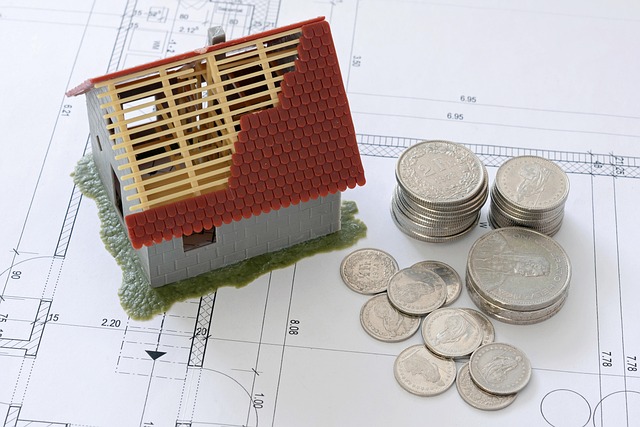Understanding Green Financing
As the world grapples with the undeniable effects of climate change, the conversation surrounding sustainability has become more urgent than ever. Among the mechanisms that can drive transformative environmental change, financing plays a pivotal role. Green financing refers to the funding mechanisms that support projects and initiatives focused on promoting sustainability and reducing carbon emissions, thereby acting as a key player in the battle against climate change.
The Environment and Its Needs
Our planet is facing a multitude of challenges, from rising sea levels to extreme weather patterns. These environmental issues are not just statistics; they represent real consequences that affect our daily lives. As we observe the increasing frequency of natural disasters, it becomes clear that immediate action is necessary. Green financing provides the resources needed to facilitate projects that aim to restore our ecosystems, invest in renewable energy, and promote sustainable agricultural practices.
Climate Change: An Urgent Call to Action
Climate change is a pressing reality that impacts everyone, from urban populations to rural communities. As emissions continue to escalate, it is imperative for individuals, corporations, and governments to prioritize sustainable solutions. Through green financing, innovative projects such as solar farms, wind energy installations, and energy-efficient infrastructure can gain the financial backing they need. This is not just about reducing carbon footprints; it’s about fostering a healthier planet for future generations.
The Role of Financing in Sustainability
Financing serves as the backbone for any successful climate initiative. By mobilizing capital toward sustainable projects, we can shift the trajectory of economic growth towards a more environmentally friendly path. Various financial instruments, including green bonds, eco-loans, and impact investments, are increasingly being utilized to support endeavors that prioritize ecological preservation and sustainability. These funding sources not only enable immediate action but also signal commitment from the financial sector to address climate change.
Connecting People to Actions
Green financing is not merely a financial tool; it’s a bridge connecting people, businesses, and governments to actionable solutions. As citizens become more aware of environmental challenges, they’re actively seeking ways to contribute. This movement creates a unique opportunity for businesses to align their values with those of environmentally-conscious consumers, ultimately cultivating a market that prioritizes sustainability. When consumers choose to support companies engaged in green practices, they encourage further investment in sustainable projects through their purchasing power.
Innovation and the Future
The future of our planet depends on innovation, and green financing is at the forefront of this movement. By providing the necessary resources for research and development, we can uncover new technologies and methodologies that minimize environmental impact. As we invest in cleaner technologies, we’re not only addressing current climate issues but also paving the way for future advancements that will sustain our planet long-term. It’s essential that individuals and institutions recognize the importance of financing and actively participate in supporting eco-friendly initiatives.
In the fight against climate change, green financing embodies hope and collective responsibility. Every dollar invested in sustainable practices is a step toward a healthier environment, marking a significant stride in our journey to combat the urgent threat of climate change. Embracing these financing opportunities is not just a financial decision; it’s an ethical commitment to safeguard our planet for generations to come.



